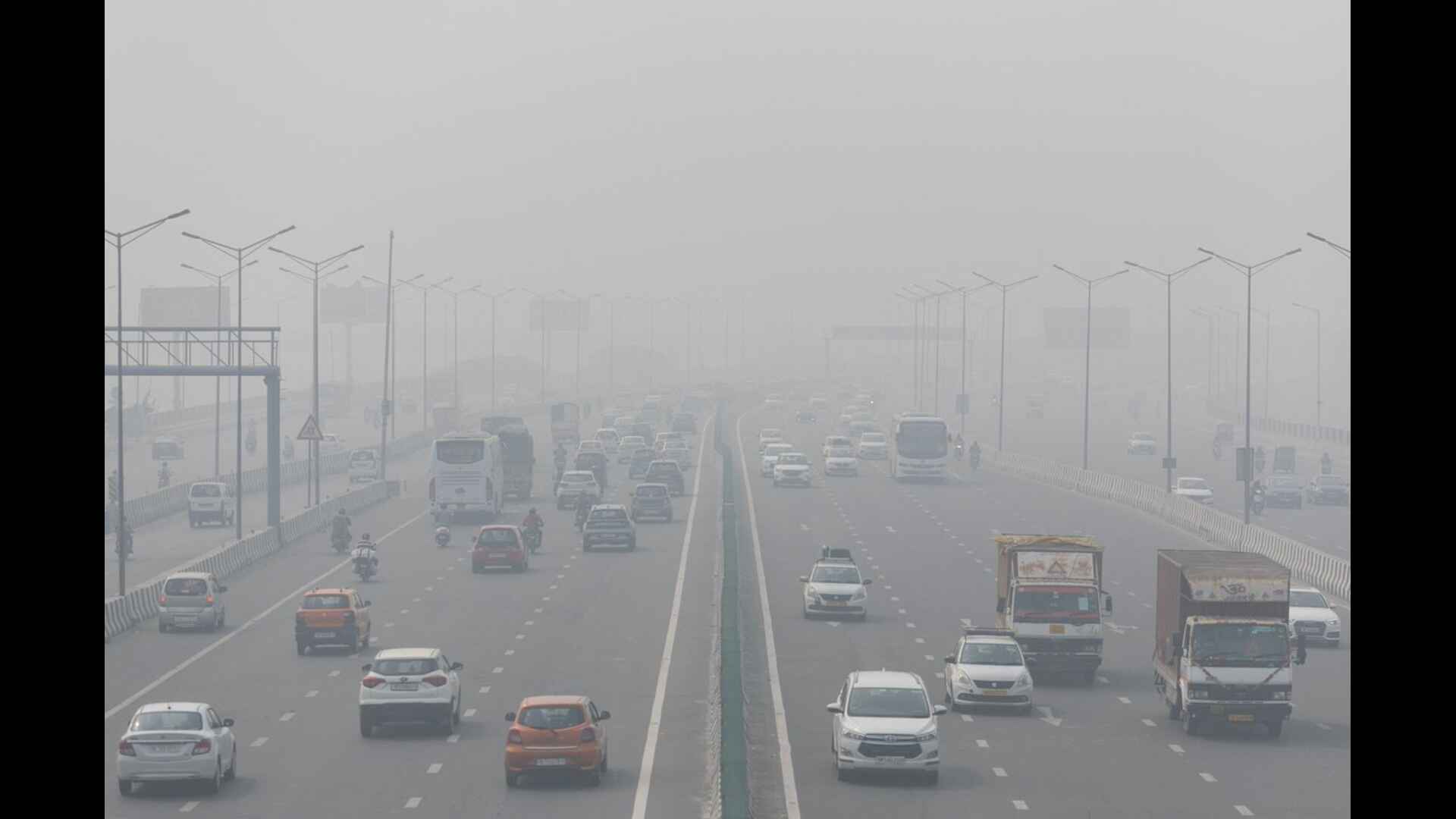
Water, a crucial resource for both life and the environment, constitutes a mere 0.02% of Earth’s total water. This limited portion is accessible to humans, plants, and animals.
Assessment of water availability primarily relies on river flows to seas, with a global estimated annual discharge of 45,500 km3/year. This discharge is contingent on the distribution of precipitation and evaporation across different regions and times.
Presently, global annual withdrawals remain below the global annual discharge. However, due to disparities in their spatial and temporal distribution, a mismatch occurs, leading to water scarcity in certain regions. Water scarcity occurs when the available water cannot meet the demands of both nature and society. The future is anticipated to witness an exacerbation of water scarcity, driven significantly by climate and socio-economic changes.
As times evolve, the deterioration of water quality due to the rise of both existing and emerging pollutants has become a significant factor in restricting the safe utilization of water by both nature and humans. This exacerbates the challenges associated with water scarcity. Agricultural intensification and urbanization, for instance, have introduced excessive pollutants like nutrients, pathogens, plastics, and various chemicals into water bodies.
Nitrogen- the most harmful one
Excessive nitrogen (N) inputs into aquatic ecosystems can result in adverse effects, including harmful algae blooms, hypoxia, and fish kills, thereby complicating the suitability of water for drinking purposes. This exacerbates water scarcity issues as pollution imposes limitations on the safe utilization of water.
Nitrogen pollution to triple scarcity in river sub-basins worldwide
Water scarcity is exacerbated by declining water quality in numerous regions, and the situation is expected to worsen in the years to come, a new report underlined.
A significant factor contributing to this crisis is nitrogen pollution in rivers, a concern that emerged in 2010 and is anticipated to persist until 2050, the findings showed. The global impact of future nitrogen pollution is alarming, with the number of sub-basins experiencing water scarcity expected to triple.
Deteriorating water quality in various regions is exacerbating water scarcity, and projections indicate that the situation will further deteriorate in the coming years, as outlined in a recent report. A notable contributing factor to this crisis is the presence of nitrogen pollution in rivers, a concern that first arose in 2010 and is foreseen to persist until 2050, according to the findings.
The global repercussions of future nitrogen pollution are distressing, with the study revealing that the number of sub-basins experiencing water scarcity is expected to triple. The report in Nature Communications, emphasizes that an additional 40 million square kilometres of river basin area and three billion more people may face water scarcity in 2050 compared to previous estimates.
When comparing the assessment of clean-water scarcity to the traditional assessment focused solely on quantity, it was observed that the number of sub-basins experiencing severe scarcity doubled in 2010 and is potentially set to triple by 2050. The role of water pollution, particularly nitrogen pollution, proved significant in exacerbating water scarcity in 2,000 sub-basins globally.
In 2010, the assessment based solely on quantity identified 984 sub-basins as water-scarce, while 2,517 sub-basins faced scarcity due to both quantity and quality considerations. This figure is expected to rise to 3,061 sub-basins in the worst-case scenario by 2050, as indicated in the study. This alarming projection suggests a more than doubling of the global area and population affected by severe water scarcity.
In 2010, considering only water quantity, the study estimated that 45% of the global population resided in areas with severe water scarcity. However, when factoring in water quality, this estimate surged to 80%.
The study identified future clean-water scarcity hotspots in China, India, Europe, North America, and potentially Central Africa in the worst-case scenario, each presenting unique challenges necessitating targeted solutions.
Nitrogen losses in rivers can originate from various sources, including human waste, agricultural practices, and fertilizer applications. In the worst-case scenario, sewage is expected to become the predominant source of nitrogen pollution in rivers due to rapid urbanization and inadequate wastewater treatment infrastructure.
Nitrogen from agriculture in India
In India, nitrogen pollution is primarily attributed to agriculture in the initial two climate scenarios. However, in the worst-case scenario, sewage is expected to surpass agriculture as the primary source.
A parallel trend was identified in Africa, where both agriculture and sewage contribute to nitrogen pollution, but sewage is projected to become the main source in the worst-case scenario.
The study highlights the imperative need to address water quality in future water management policies to align with Sustainable Development Goals (SDGs). In India, the State of India’s Environment Report 2023 has raised concerns about a deviation from SDG 6 (clean water and sanitation) in 15 states.
The impact of Shared Socioeconomic Pathways—climate change scenarios projecting global socioeconomic changes up to 2100—further underscores the necessity for proactive measures.
A 2016 analysis by the Centre for Science and Environment and Down To Earth magazine exposed unsafe disposal practices of excreta in Indian cities, with 78 per cent of sewage remaining untreated.
Mitigation strategies aimed at addressing water pollution demand heightened attention, as low water quality emerges as a critical or even dominant factor contributing to water scarcity in numerous river basins. The control of nitrogen pollution is recognized as a challenging yet imperative aspect of these strategies.














